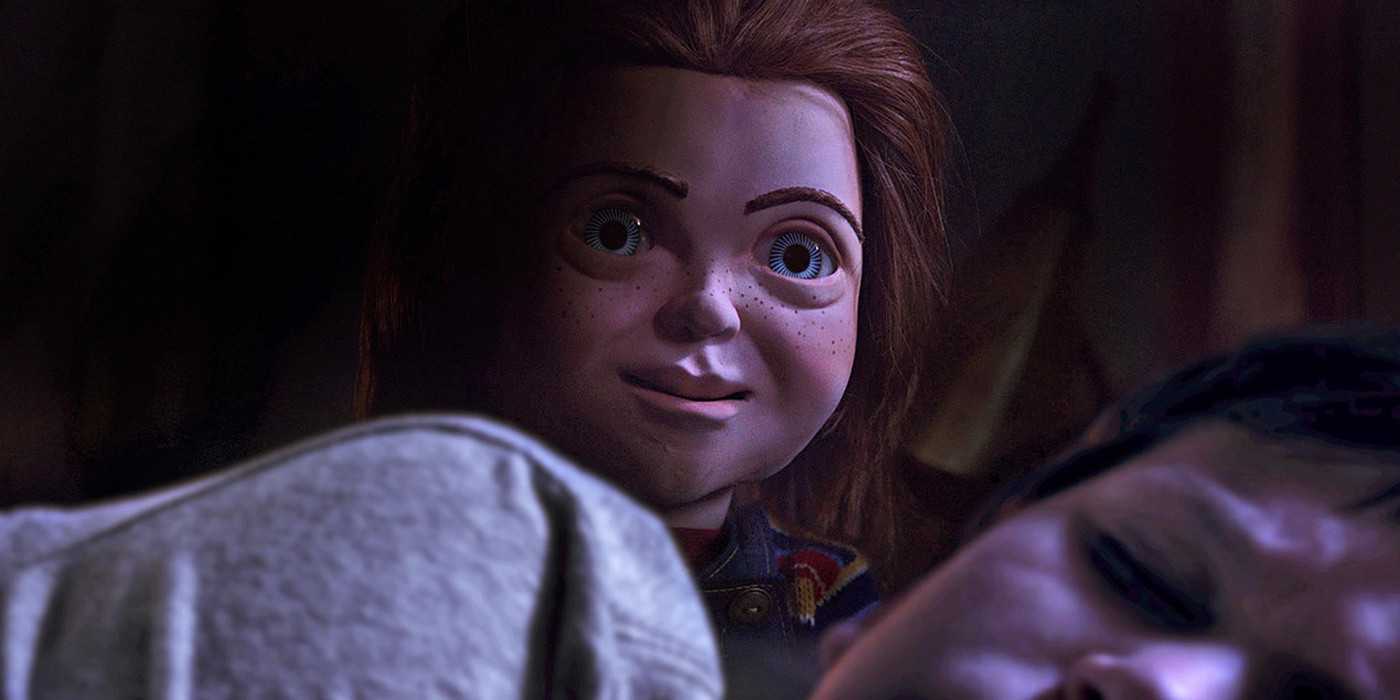Child’s Play has gone through several different iterations, reinventing itself through the decades: The original 80s film (a fairly straight horror film) gradually became more comedy-centric, culminating in the outlandish Seed of Chucky. Then the series went old-school with two Direct-To-Video sequels that harkened back to Hitchcock & DePalma. Now, though, the Child’s Play reboot has brought a modern twist to the franchise, forgoing the original series mythology and turning Chucky into a malfunctioning AI doll. With this simple change, director Lars Klevberg hopes to make Chucky a more sympathetic character. He’s no longer an evil Voodoo-practicing serial killer, but something more akin to ‘Frankenstein’s Monster.’ Think of the reboot instead as Chucky’s existential crisis.
In the following on-set interview with director Lars Klevberg, he discusses how his version of Child’s Play differs from the original, Chuck’s new motivations, and his inspiration for the reboot. For the full interview, read below, and for a full rundown of what I learned on set, click here.
Of note: The below interview has been cleaned up for clarity.
Q: How does this version of Child’s Play differ from the original?
Lars Klevberg: When I got sent the [Child’s Play] draft, I didn’t know anything about [the script]. But it didn’t take me long to figure out that this story had something different. It wasn’t a haunted serial killer doll; it was an AI… It was a refreshing idea. It was so smart and [felt of] the time. It integrates the AI [conceit] into Chucky’s transformation and builds everything around that.
The first film was about child consumerism, so is the reboot more about the dangers of technology?
Klevberg: It’s still dealing with consumerism in this one as well; it just isn’t quite as big a deal. But it’s not about the AI itself. That’s not what scary about this one. The scary thing is that our antagonist, our Chucky, transforms through its AI.
What is Chucky’s motivation in the reboot?
Klevberg: When I read the script, one of the first things I recognized was that Chucky was a great character in terms of that he changed. He had his motivations, and it came through his interaction with humans. His way of becoming sympathetic – that was something I really wanted to look into. I viewed the story as a Greek tragedy [for] Chucky… So Chucky having different emotions in this film was important to me.
How does Chucky change?
Klevberg: I don’t want to reveal that… But [Chucky’s] motivation is understandable from his point of view but also to us. We can understand why he’s behaving like that. If you understand the antagonist and his motivations, then you can identify with him. That’s why Mary Shelly’s Frankenstein is one of my key inspirations… [How Chucky questions] his purpose once he starts to understand from us human beings.
What’s the impact of aging the children up (from six in the original to twelve here) and having more of them?
Photo by Eric Milner/Orion Pictures
Klevberg: It was a smart choice in the script to include more kids. We have Andy as our protagonist but he has a slightly different motivation and background. But having more kids that become friends with Andy is very interesting because it deals with the core of the story as it moves along.
What are the most important elements of the original that you felt needed to be protected?
Klevberg: I’m a huge fan of the first movie, but that should never be the reason why you do a project. When you’re dealing with a remake with a huge fanbase, you’re touching on something that means a lot to many people. You should be a little bit aware of that from a storyteller’s perspective because there’s a reason why that movie was so popular. It meant something to many people. But at the same time, you need to see what’s written in the script and tell that story. I saw that [the script] was very emotional and scary and had a deeper story underneath everything. I didn’t want to change it, I just wanted to add to the material that was already there.
What is the humor like in this film?
Klevberg: When I read the draft, I thought it was very fun. I would often flip the page, and there would be a great moment. There are horror aspects, emotional aspects but also just really fun moments. It’s not campy, silly humor. It’s all integrated into the story and how our characters move forward as the story progresses… All the Child’s Play movies have some humor to them. But it needed to be integrated into the story. It needed to feel real and hit you so you laugh while you’re having a great time, but not because it’s silly.
How did you settle on the aesthetic look of Chucky?
Klevberg: Chucky’s looked different throughout all the films. For me – I always go off the script. So it came from that… I knew I wanted the audience to connect with Chucky emotionally on every level. He needed to be expressive, and I needed him to have the possibility to change. All those pieces need to fit together for a purpose, and that comes from the script and what the story is about.
Child’s Play opens in theaters June 21st.

